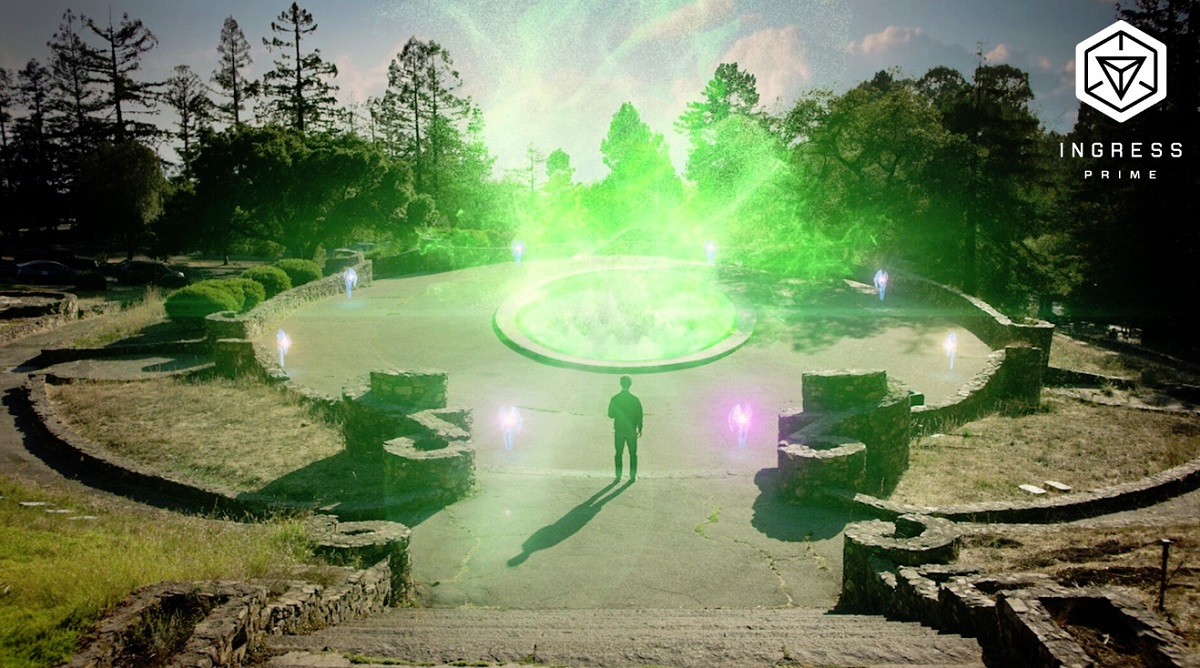Pokémon Go creator Niantic has rebooted its original location-based game with the launch of Ingress Prime.
Like its predecessors Ingress and Pokémon Go, Ingress Prime is a location-based mobile game set in the real world. It’s a sci-fi massively multiplayer online game where two factions fight for control over public art and cultural landmarks in neighborhoods and cities.

Unlock premium content and VIP community perks with GB M A X!
Join now to enjoy our free and premium membership perks.
![]()

![]()